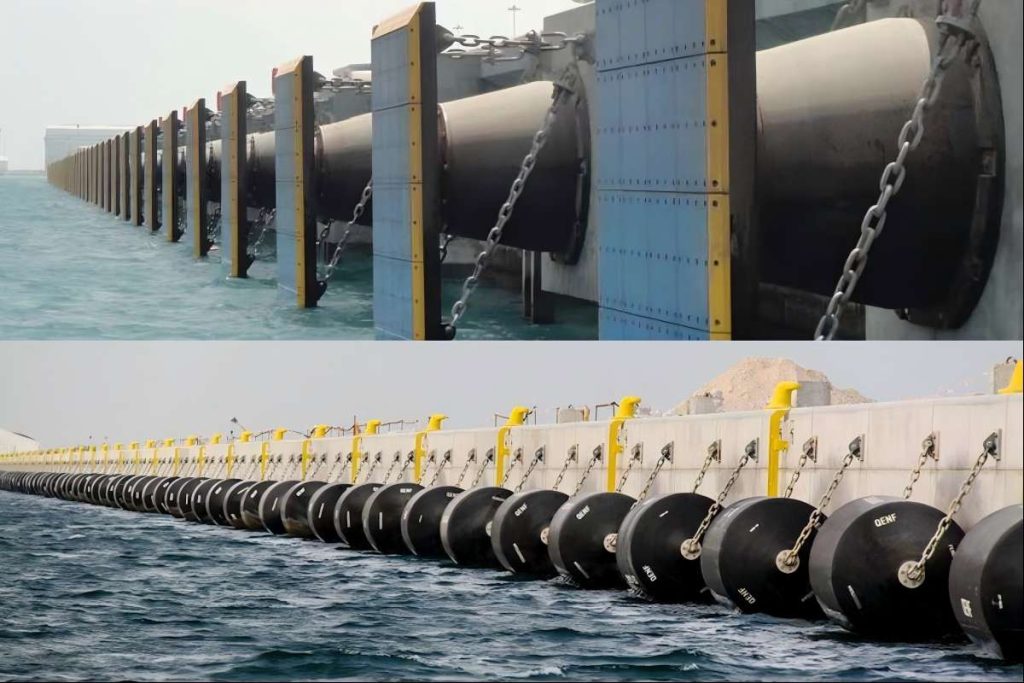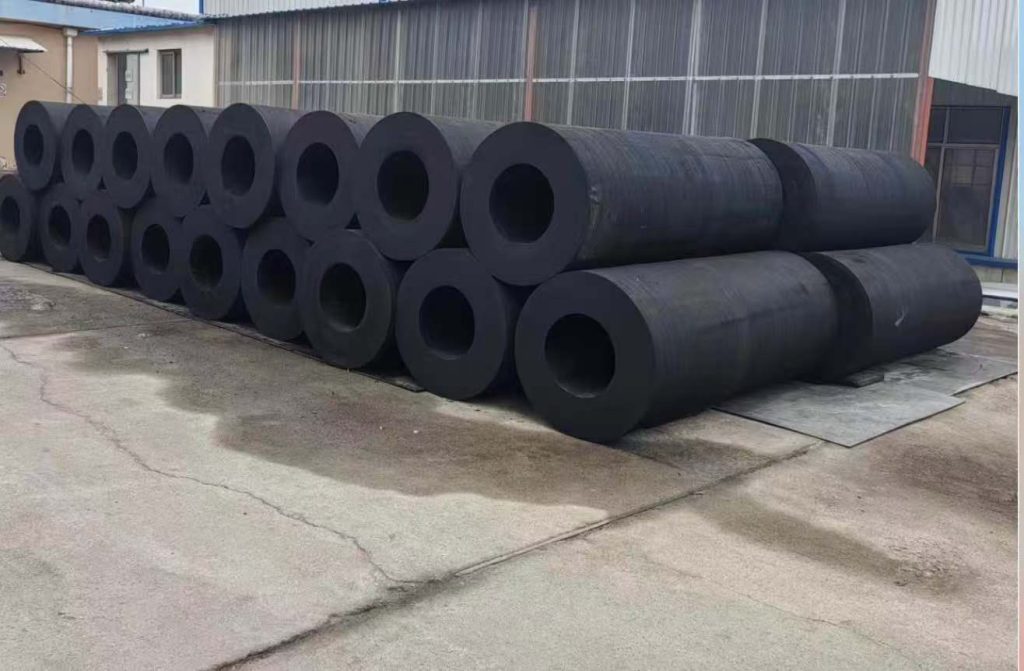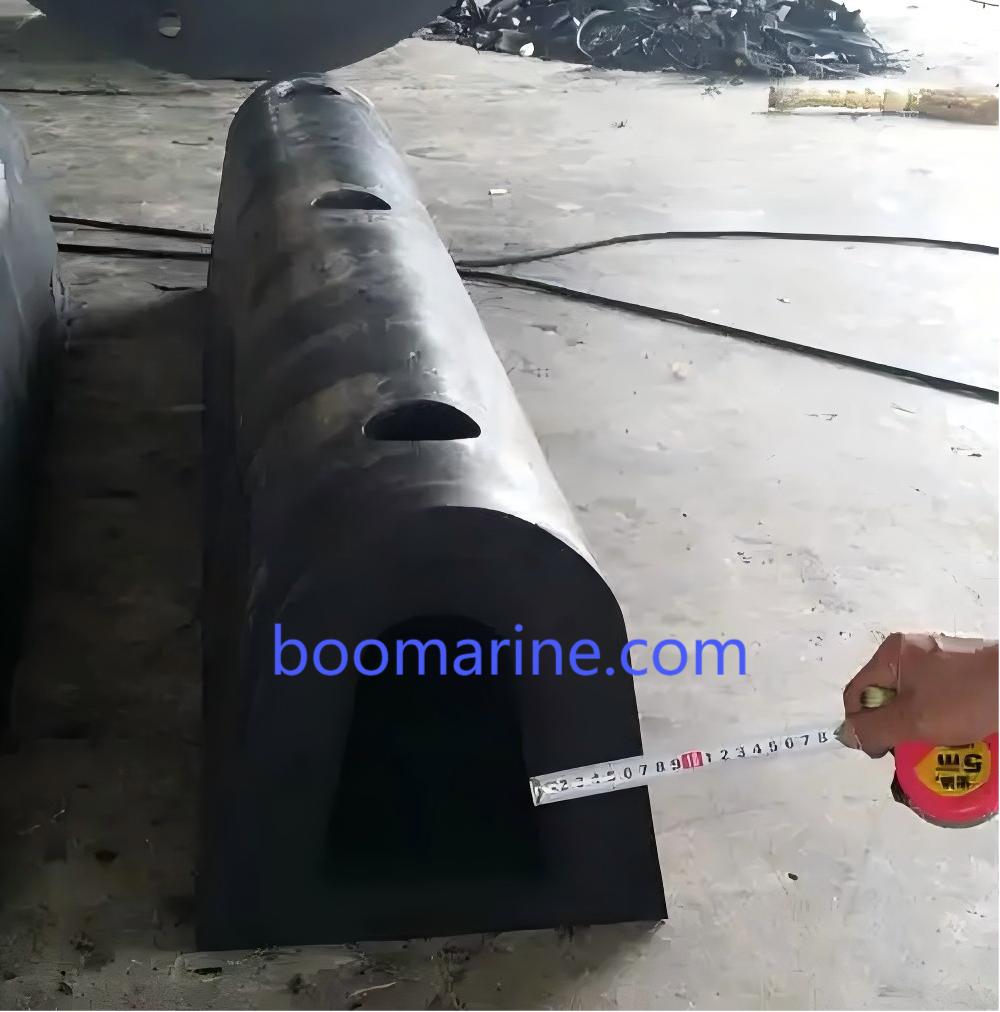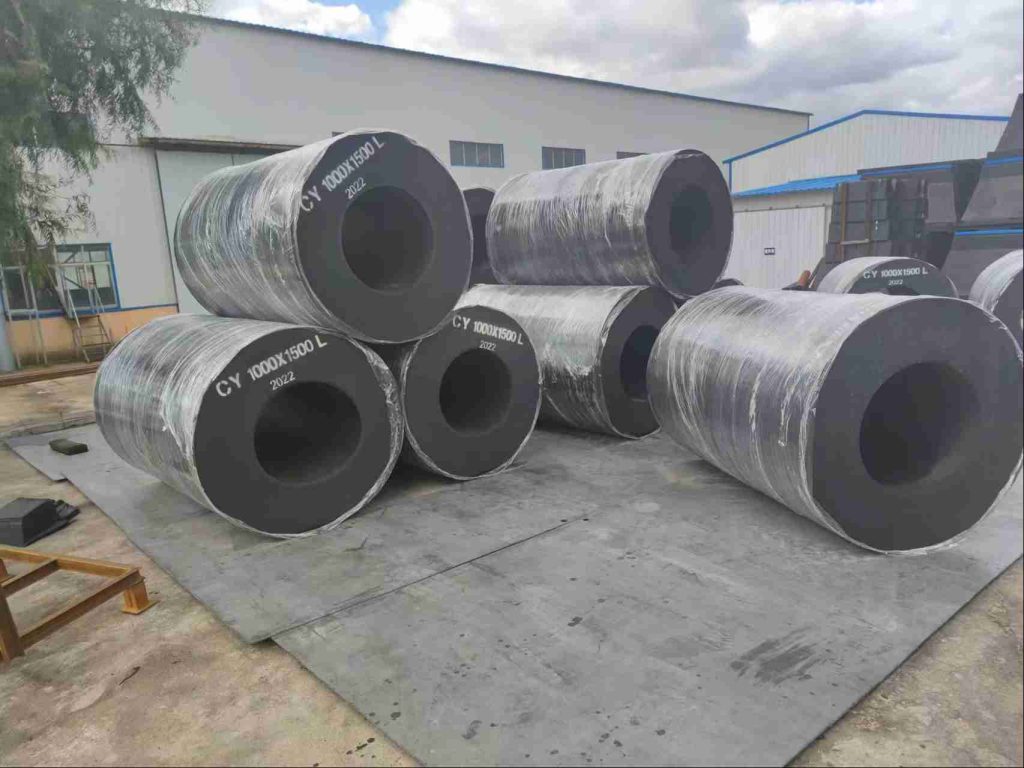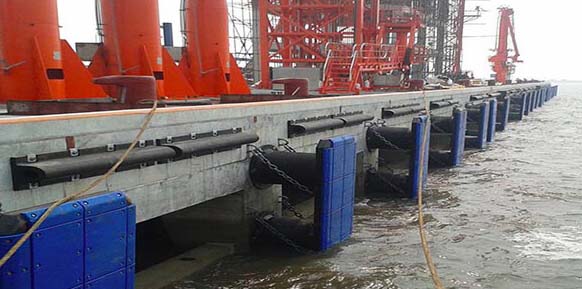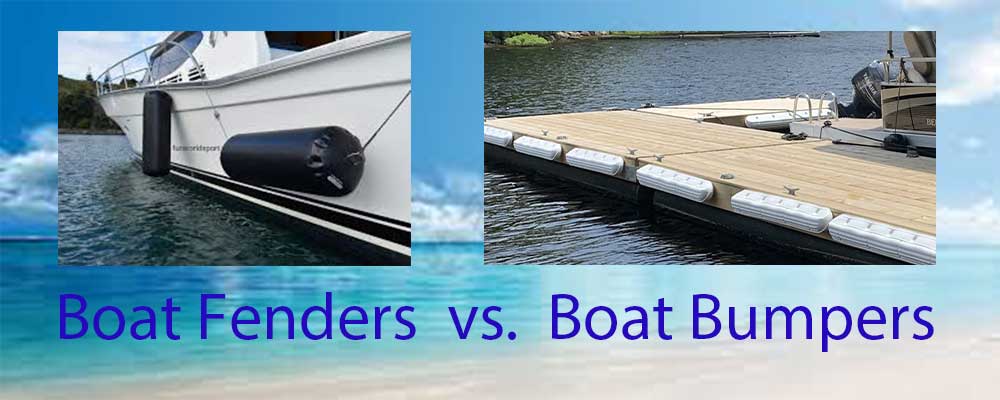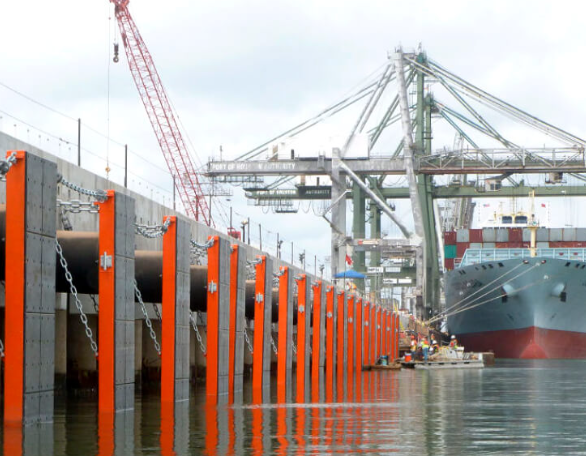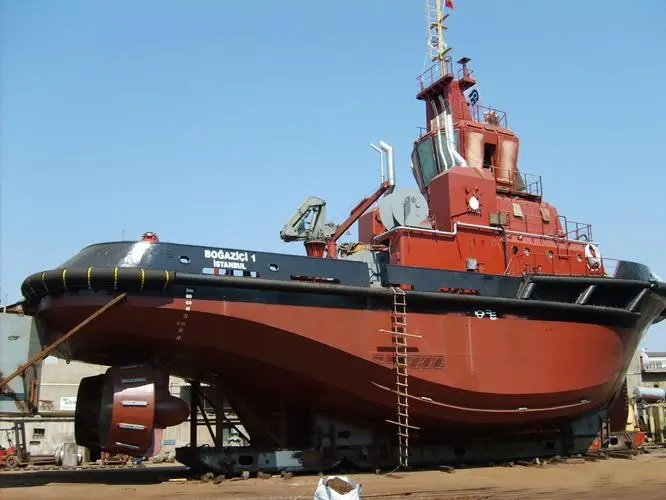Table of Contents
Ferry seat plays a crucial role in providing comfort to passengers during their maritime journeys. As a mode of transportation that connects various destinations by water, ferries cater to a diverse range of travelers, from daily commuters to vacationers. The design and quality of ferry seats greatly impact the overall passenger experience, ensuring that individuals can relax, enjoy the journey, and arrive at their destination feeling refreshed.
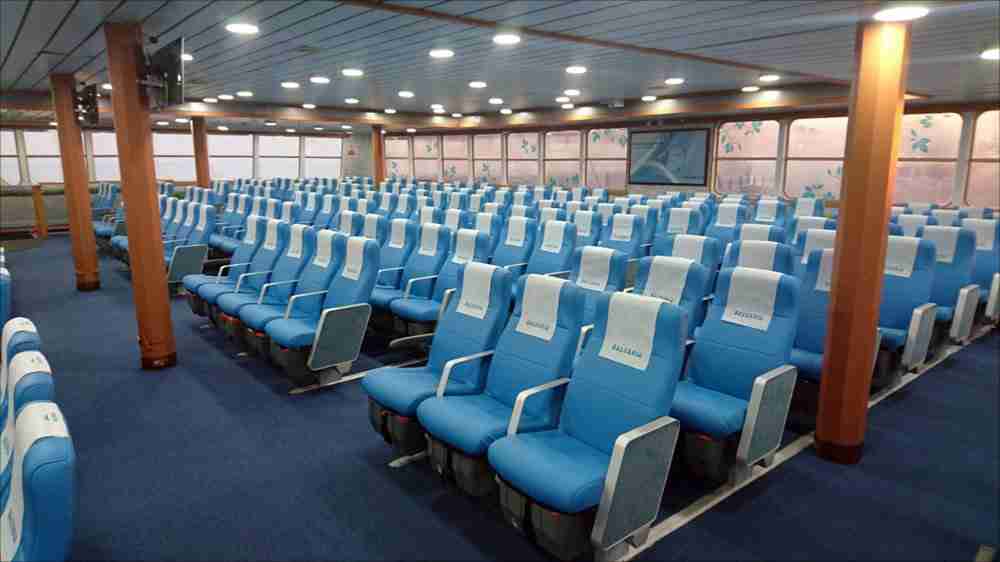
Design Considerations for Comfortable Ferry Seats
Cushioning and Padding
- Sufficient padding provides cushioning and support, reducing pressure points and enhancing comfort.
- High-quality materials ensure durability and maintain seat integrity over time.
Seat Spacing and Legroom
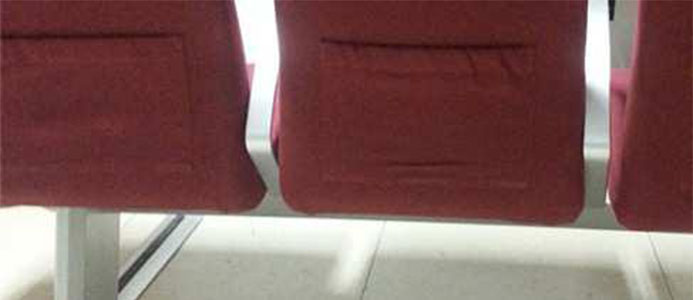
- Ample legroom allows passengers to stretch and move comfortably, reducing feelings of confinement.
- Sufficient spacing between seats ensures privacy and prevents overcrowding.
Adjustable Features
- Adjustable backrest angles and headrests allow passengers to find their preferred seating position, enhancing comfort for various body types.
- Lumbar support promotes proper spinal alignment and reduces strain on the lower back.
Materials and Upholstery
- Durable and easy-to-clean materials withstand frequent use and maintain a fresh appearance.
- Upholstery should be resistant to stains, odors, and moisture, ensuring a clean and hygienic environment for passengers.
- Different designs of ferry seats are suitable for different types of ships, here we will focus on introducing 3 different types of ferry seats for you.
1. Bench Seats:
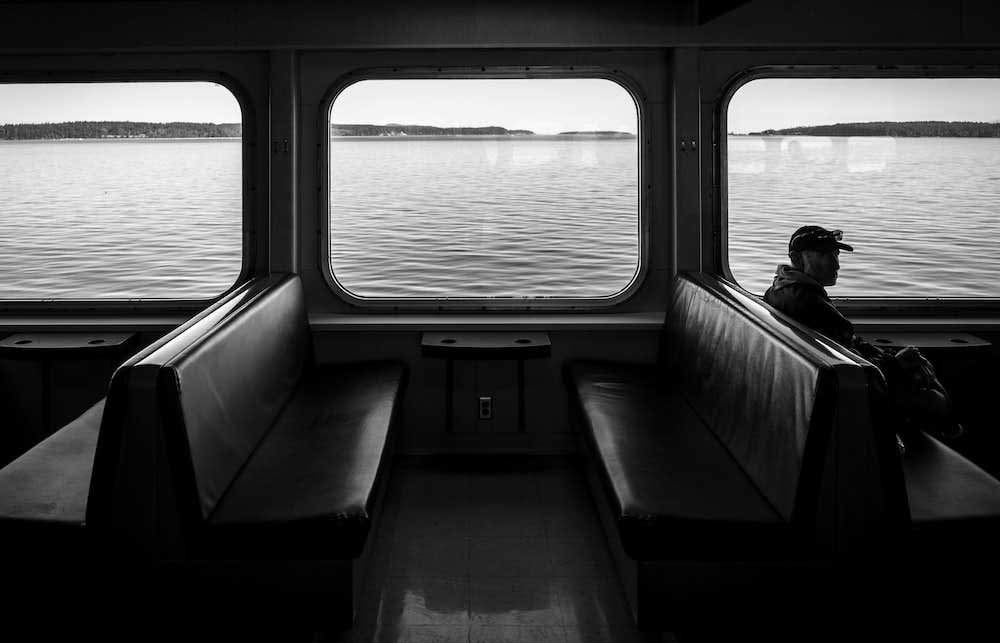
Description and Features:
Bench seats on ferries are long, continuous seating arrangements typically made of durable materials such as plastic or metal. They are designed to accommodate multiple passengers in a row, without any individual seat divisions. Bench seats are commonly found in the main passenger areas of ferries.
Pros and Cons:
Pros:
- Space Efficiency: Bench seats maximize seating capacity, allowing a larger number of passengers to be accommodated in a limited space.
- Cost-Effective: Bench seats are generally more cost-effective compared to individual seating options, making them suitable for high-capacity ferry operations.
- Flexibility: The absence of individual seat divisions provides flexibility for passengers to adjust their seating arrangements according to their preferences or group size.
Cons:
- Limited Privacy: Bench seats do not offer individual partitions or armrests, which may result in limited privacy for passengers.
- Comfort Concerns: Some bench seats may have limited cushioning or ergonomic support, potentially causing discomfort during longer journeys.
- Reduced Personal Space: Passengers seated on bench seats have shared space with neighboring travelers, which might affect personal space and privacy.
Common Applications and Use Cases:
- High-Capacity Ferries: Bench seats are commonly found in large, high-capacity ferries where maximizing seating capacity is essential to accommodate a significant number of passengers.
- Shorter Journeys: Bench seats are suitable for ferry routes with shorter travel durations, where passenger comfort may be less of a priority compared to efficiency and cost-effectiveness.
- Commuter Ferries: Bench seats are often utilized in commuter ferry services where quick turnover of passengers and efficient use of space is crucial.
2. Reclining Seats:
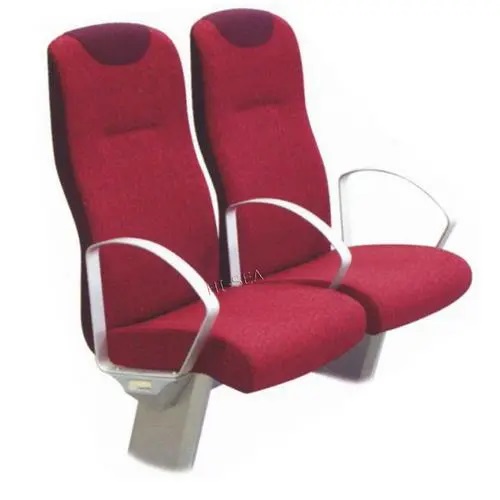
Description and Features:
Reclining seats on ferries are individual seating options that allow passengers to adjust the backrest angle, providing varying degrees of recline. These seats typically have cushioning, armrests, and may include features such as headrests and footrests for enhanced comfort.
Pros and Cns:
Pros:
- Adjustable Comfort: Reclining seats offer passengers the ability to customize their seating position, providing a higher level of comfort and relaxation during the journey.
- Individual Space: Each passenger has their own designated seating space, offering a degree of privacy and personal space.
- Enhanced Ergonomics: Reclining seats are designed with ergonomic considerations, providing better support for the back, neck, and legs.
Cons:
- Space Requirements: Reclining seats generally require more space compared to bench seats, limiting the number of seats that can be accommodated within a given area.
- Higher Cost: Reclining seats, with their added features and individual design, tend to be more expensive compared to bench seats.
- Maintenance Challenges: The mechanical components of reclining seats may require regular maintenance to ensure proper functionality and durability.
Common Applications and Use Cases:
- Longer Journeys: Reclining seats are commonly found on ferry routes with longer travel durations, where passenger comfort is a priority.
- Overnight or Cruise Ferries: Ferries offering overnight or cruise-like experiences often provide reclining seats to offer passengers the option of resting or sleeping comfortably during their journey.
- Premium Class or Upgraded Seating: Reclining seats may be offered as an upgraded seating option for passengers seeking enhanced comfort and amenities.
3. Premium Seats:
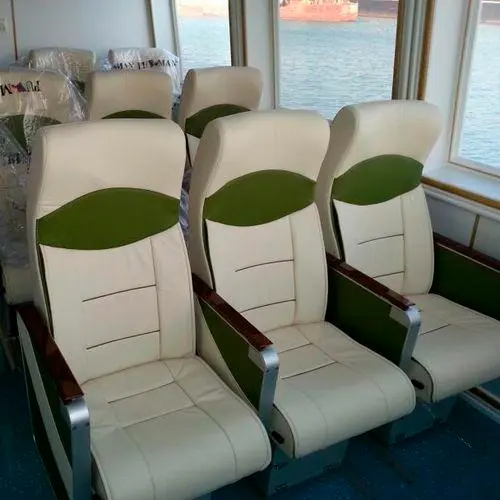
Description and Features:
Premium seats on ferries are designed to provide a luxurious and enhanced travel experience. These seats often feature premium materials, extra cushioning, adjustable features, additional legroom, and various amenities such as power outlets, USB ports, personal entertainment screens, and privacy partitions.
Pros and Cons:
Pros:
- Enhanced Comfort: Premium seats offer a higher level of comfort with luxurious materials, generous cushioning, and advanced ergonomic design.
- Exclusive Amenities: Premium seats may include amenities like power outlets, USB ports, personal entertainment systems, and increased privacy features, enhancing the overall passenger experience.
- Personalized Service: Some ferry operators may offer additional services, such as dedicated attendants or food and beverage offerings, to passengers seated in premium sections.
Cons:
- Higher Cost: Premium seats are generally more expensive compared to other seating options, limiting their accessibility to a specific segment of passengers.
- Limited Availability: The number of premium seats on a ferry is usually limited, making them subject to availability and potentially requiring advanced reservations.
- Space Requirements: Premium seating areas often require larger dedicated spaces, reducing the overall seating capacity of the ferry.
Common Applications and Use Cases:
- Luxury or Cruise-Style Ferries: Premium seats are commonly found on luxury or cruise-style ferries that offer a high-end travel experience with upscale amenities and services.
- Business or VIP Travelers: Premium seating options cater to business travelers or VIP passengers who seek additional comfort, privacy, and personalized services during their ferry journey.
- Special Occasions or Events: Ferry operators may offer premium seating options for passengers celebrating special occasions or attending specific events, providing an exclusive and memorable experience.
Note: The availability and specific features of bench seats, reclining seats, and premium seats may vary across different ferry operators and vessel types.
Conclusion
Ferry seat is a vital component of passenger comfort and satisfaction during maritime travel. Comfortable seating enhances the overall travel experience, promoting relaxation, well-being, and enjoyment throughout the journey. By considering ergonomics, design, and durability, ferry operators can provide passengers with seating arrangements that prioritize their comfort, ensuring a pleasant and memorable voyage.

